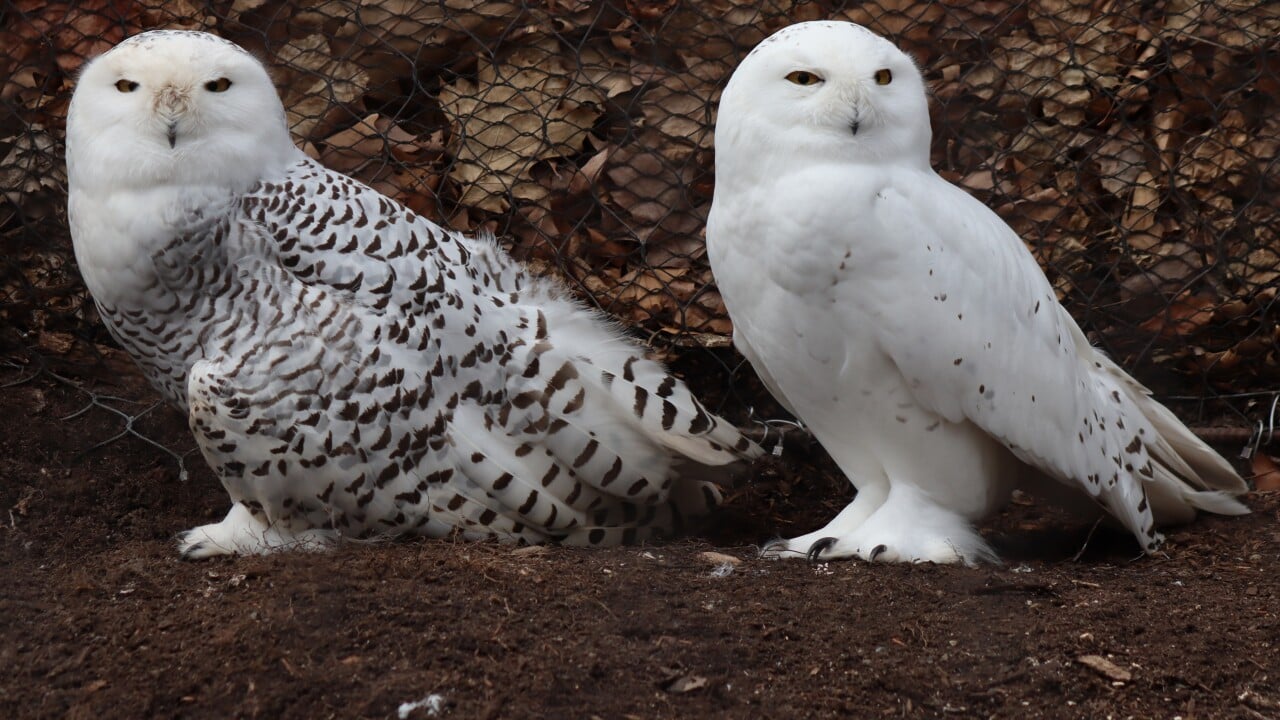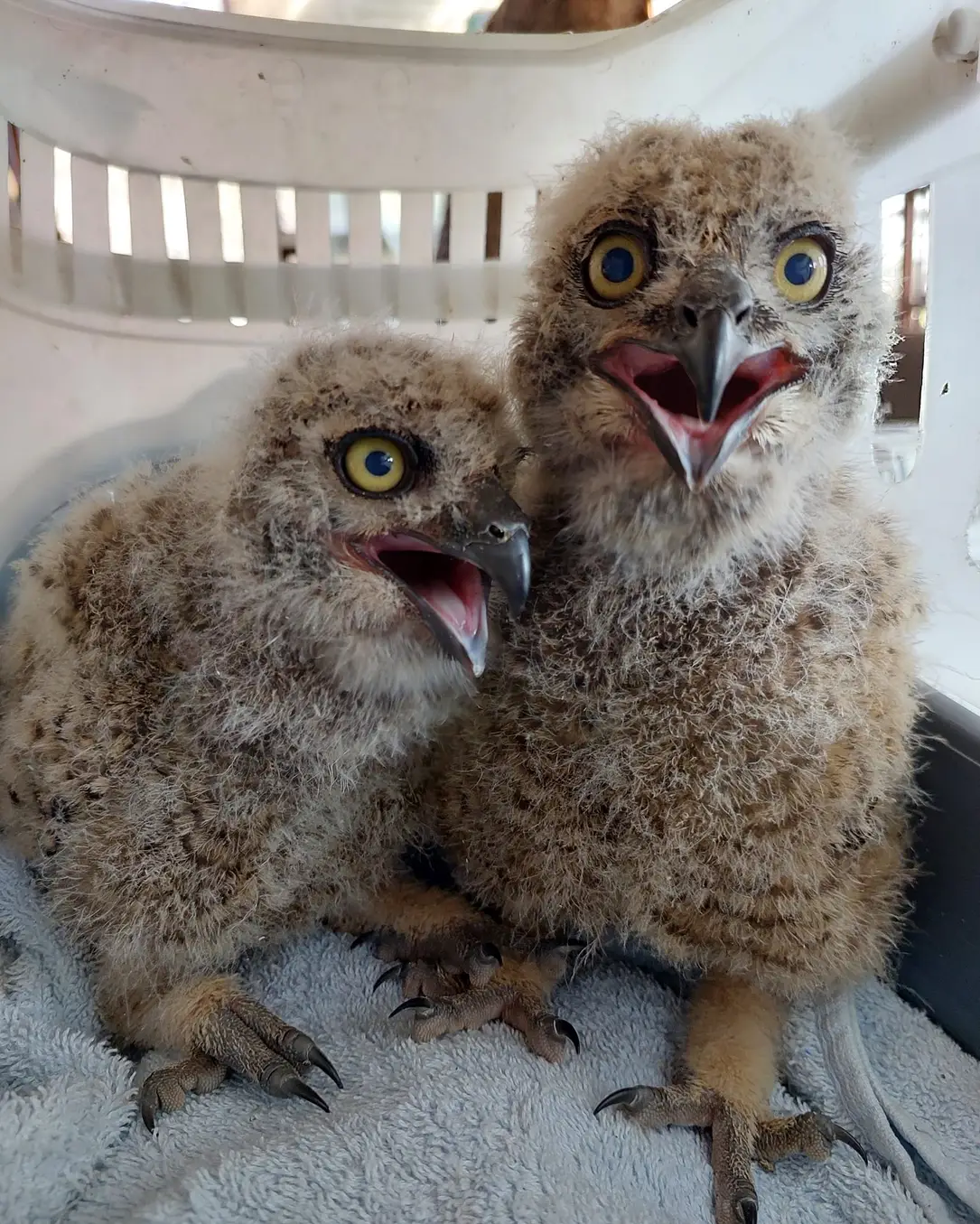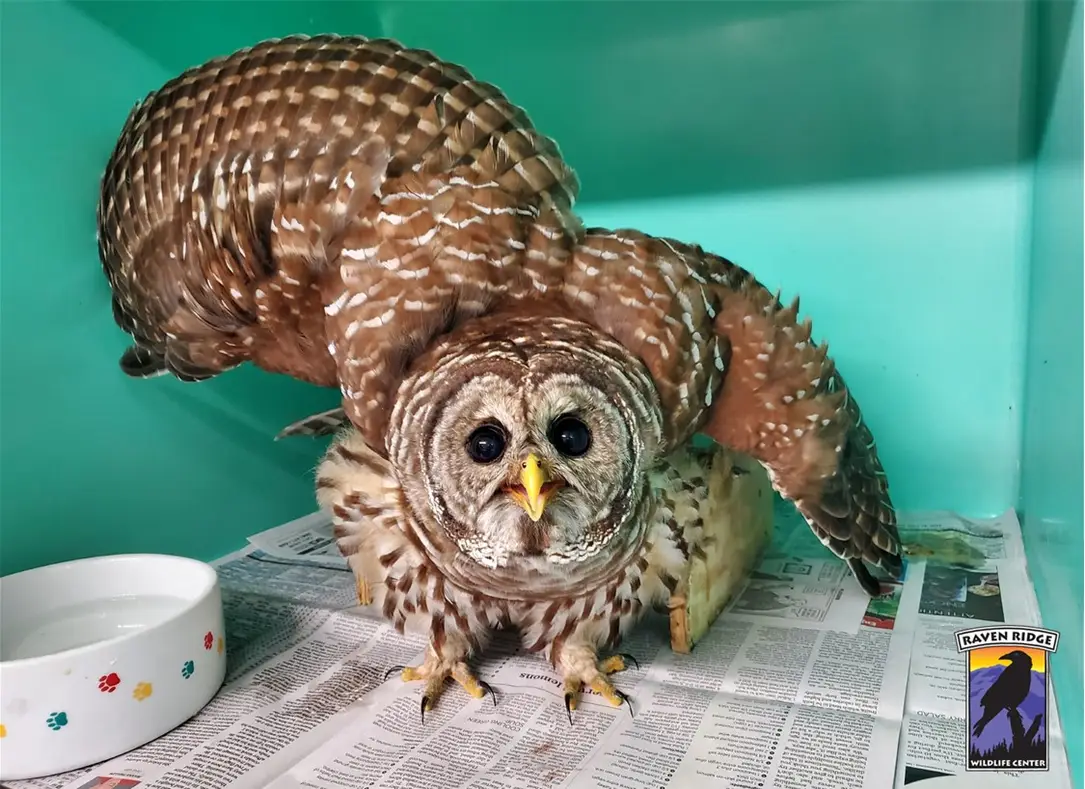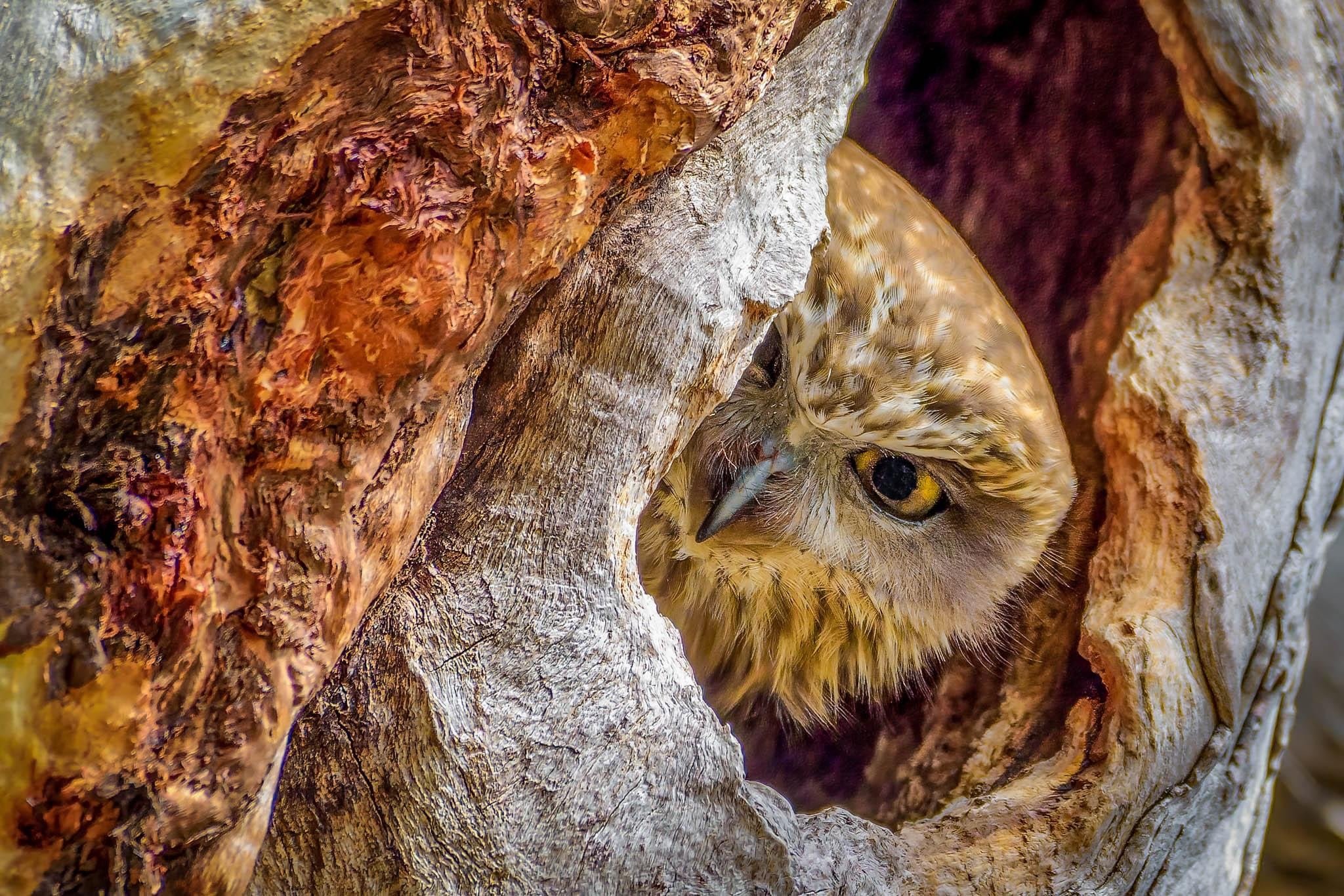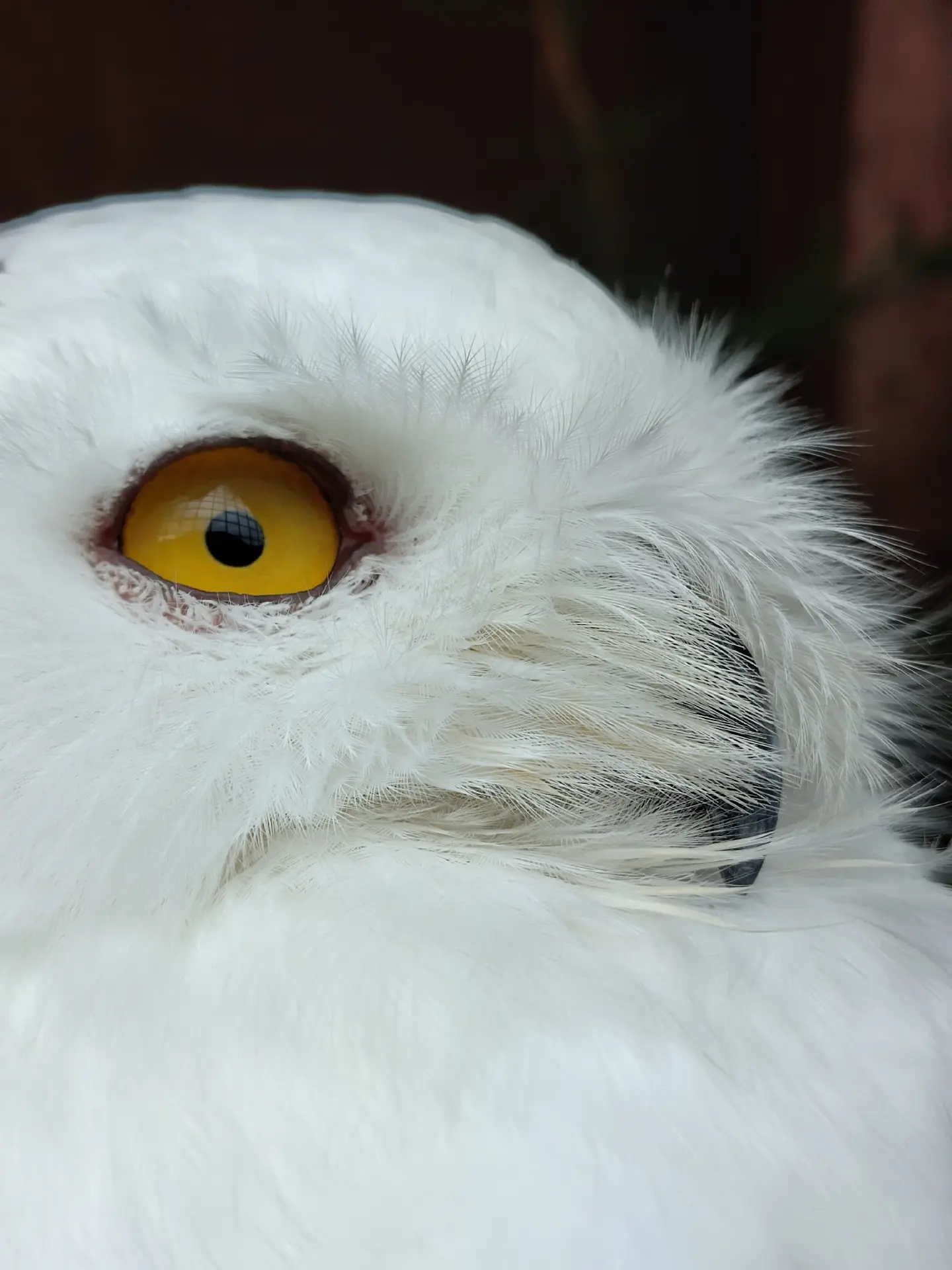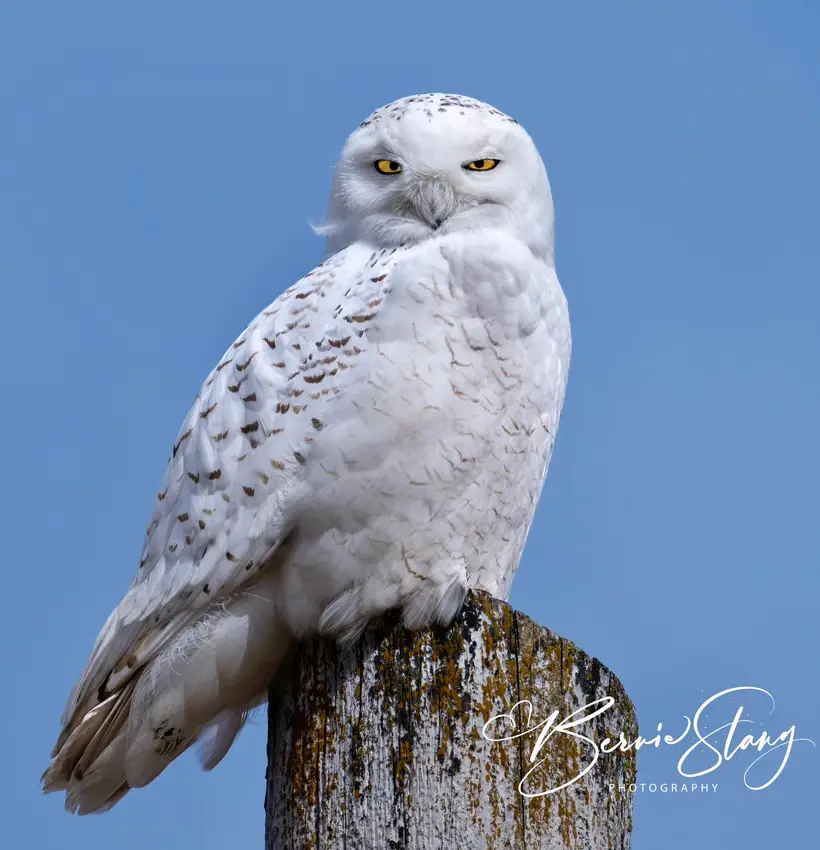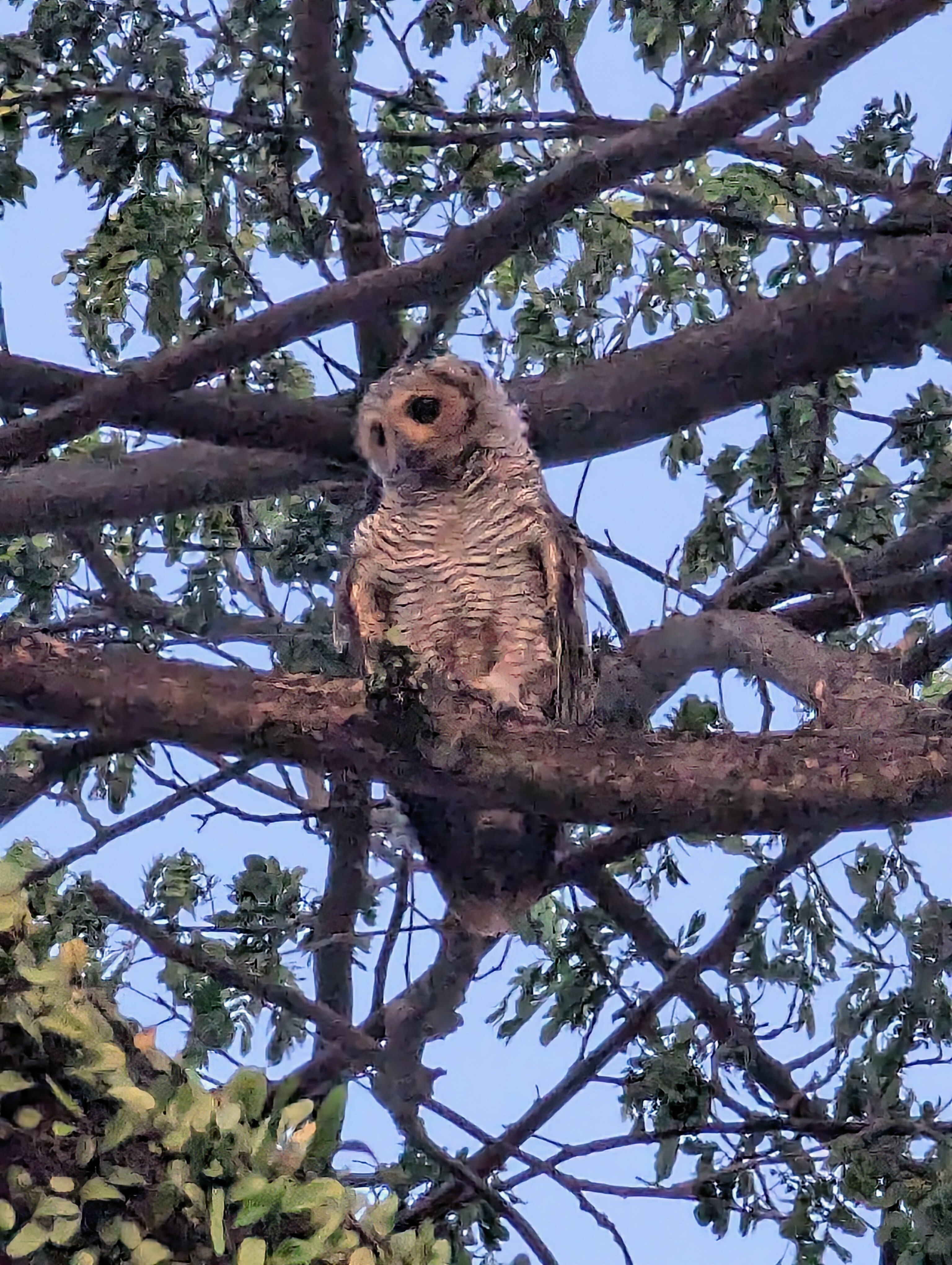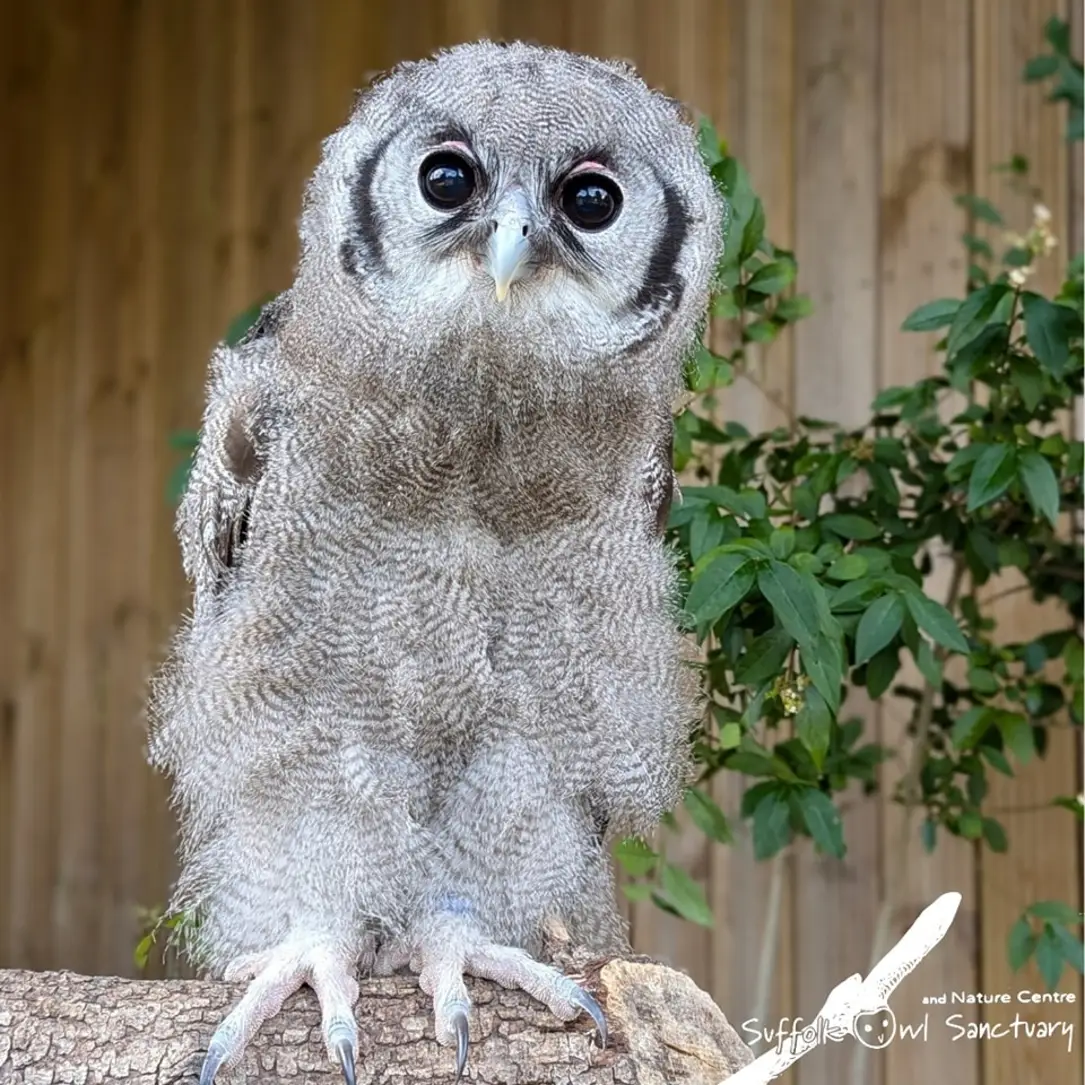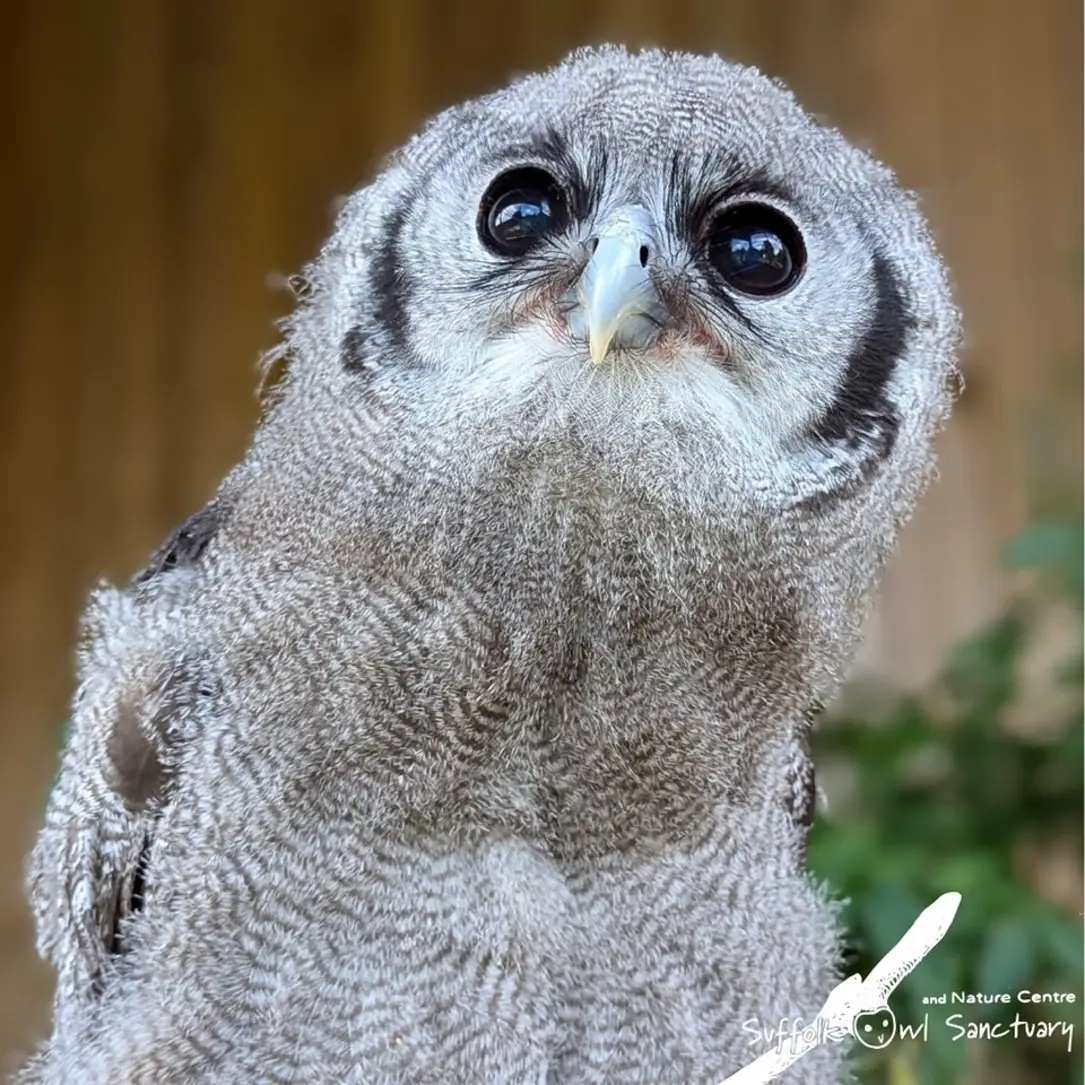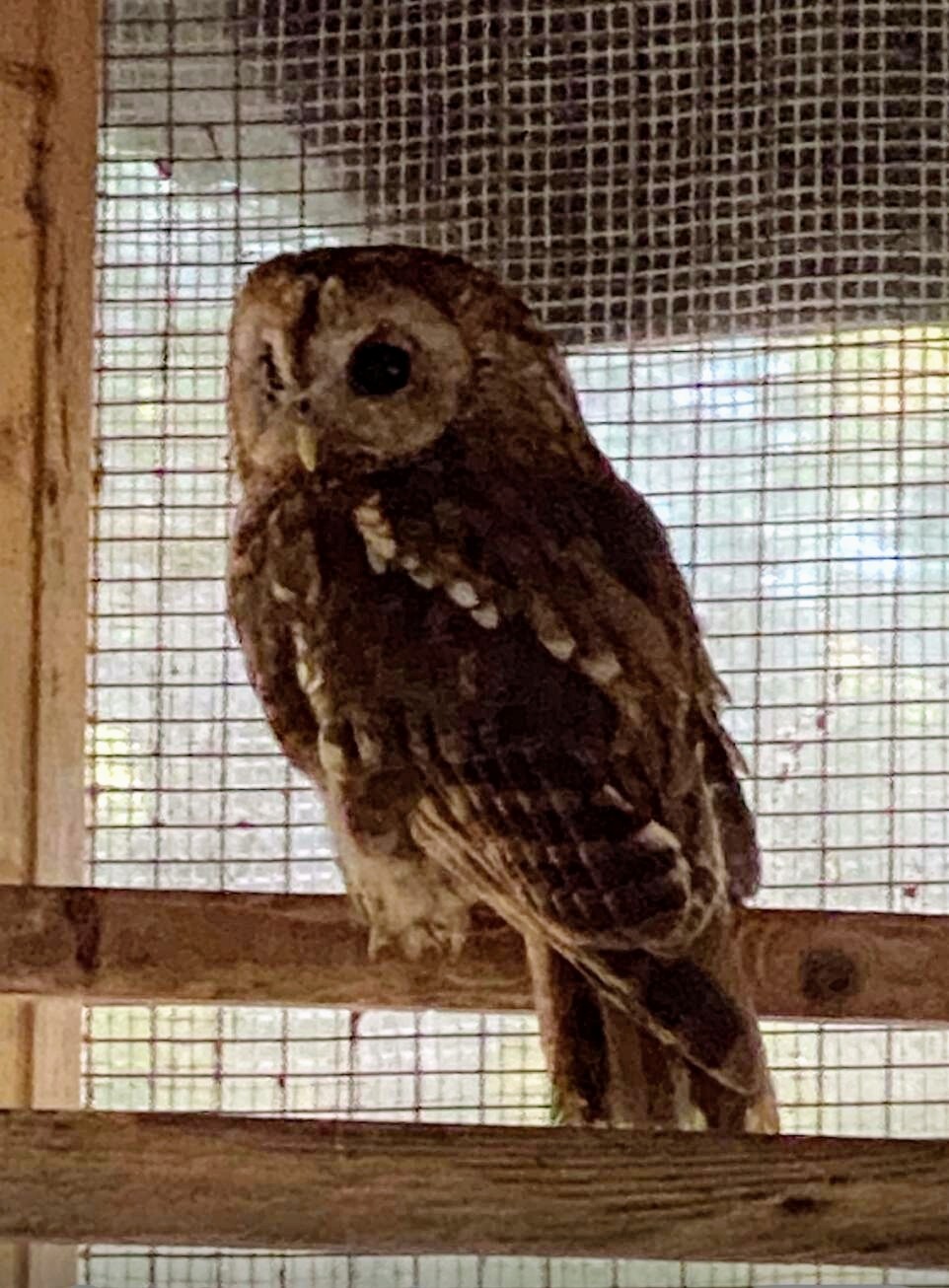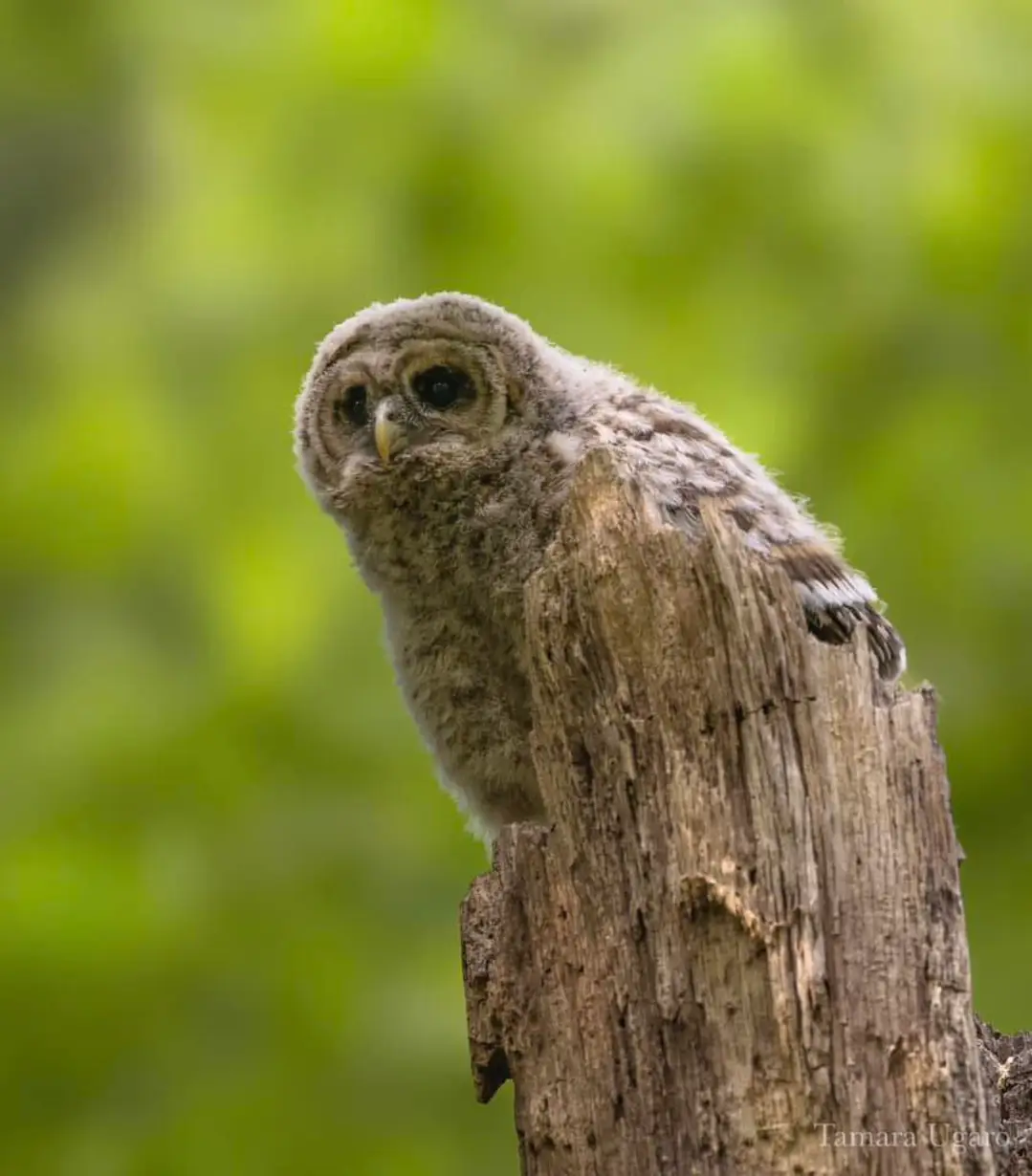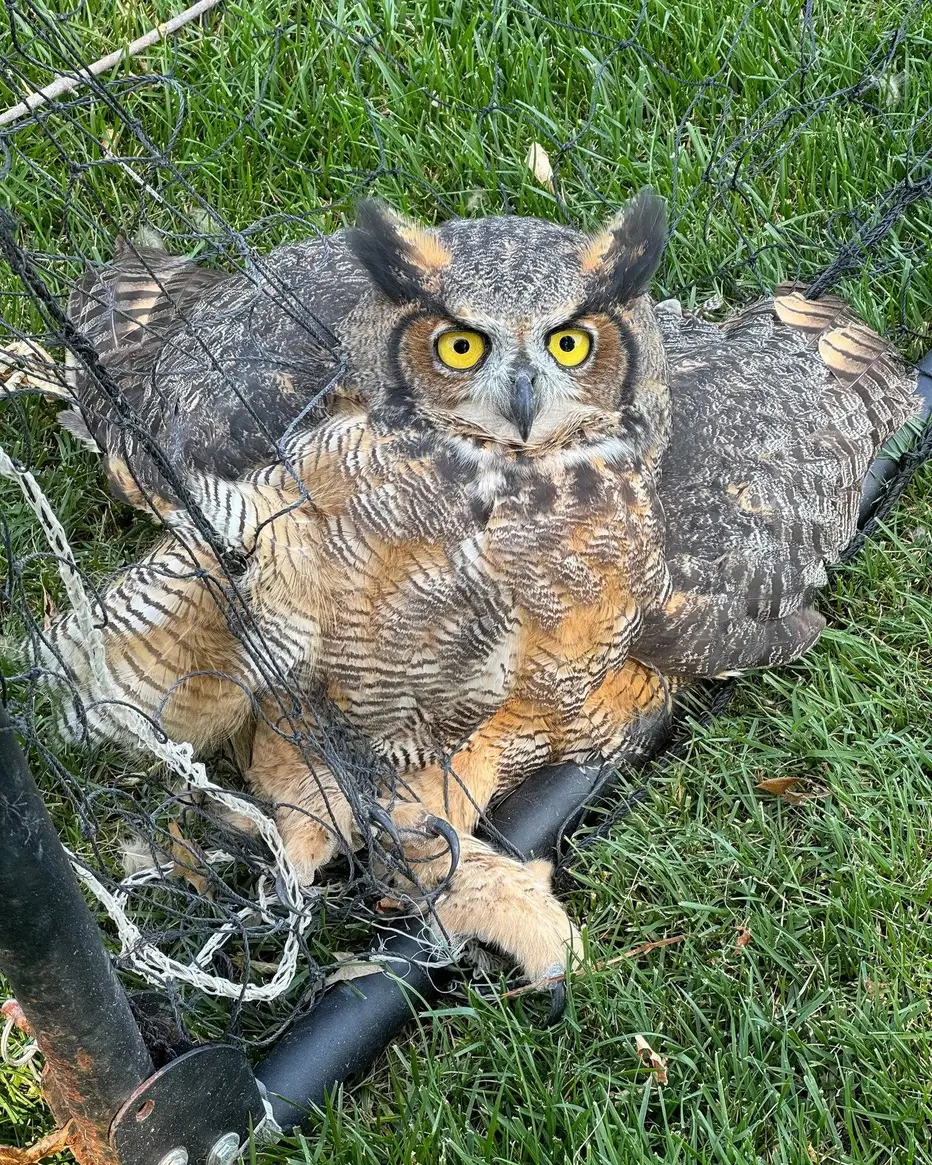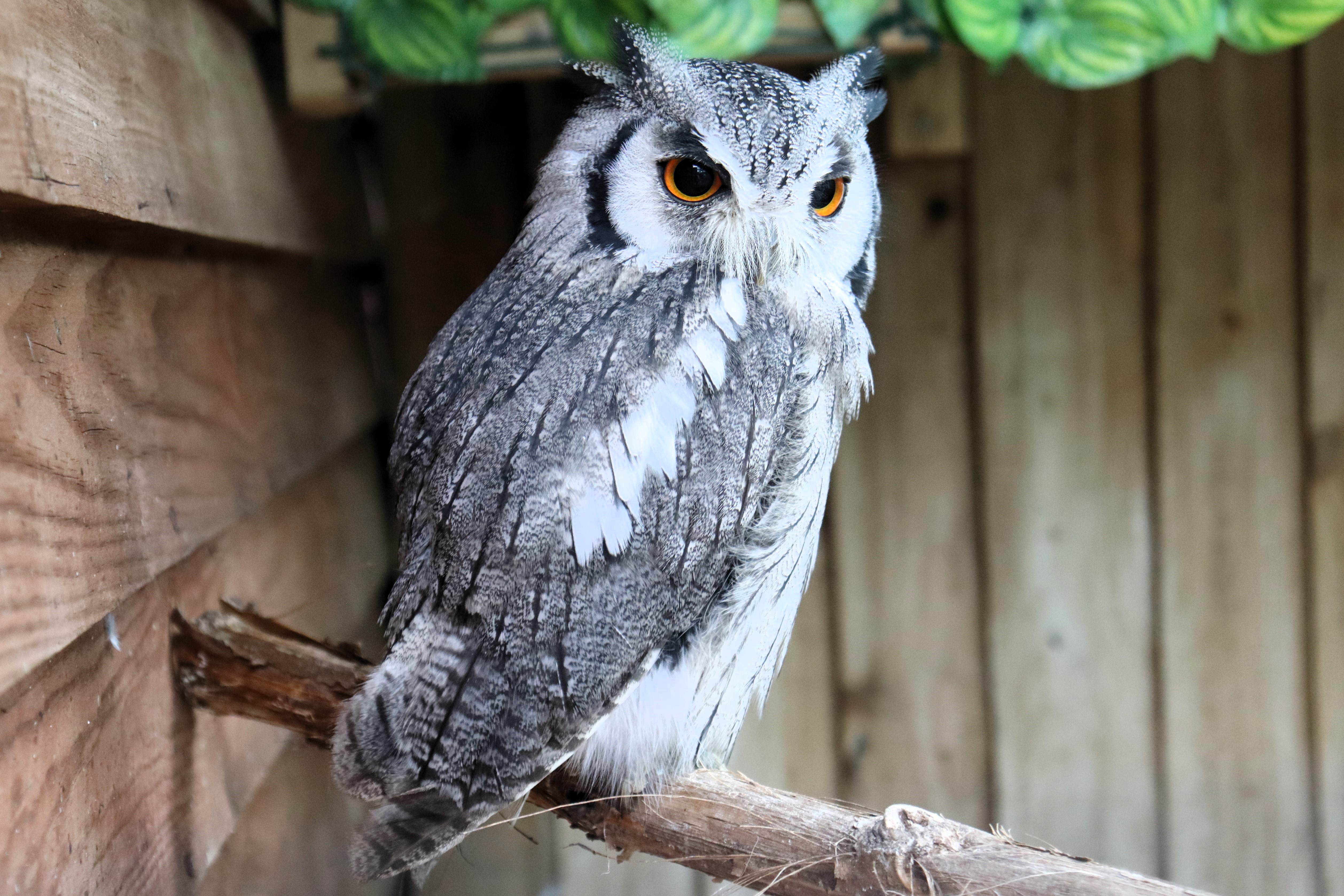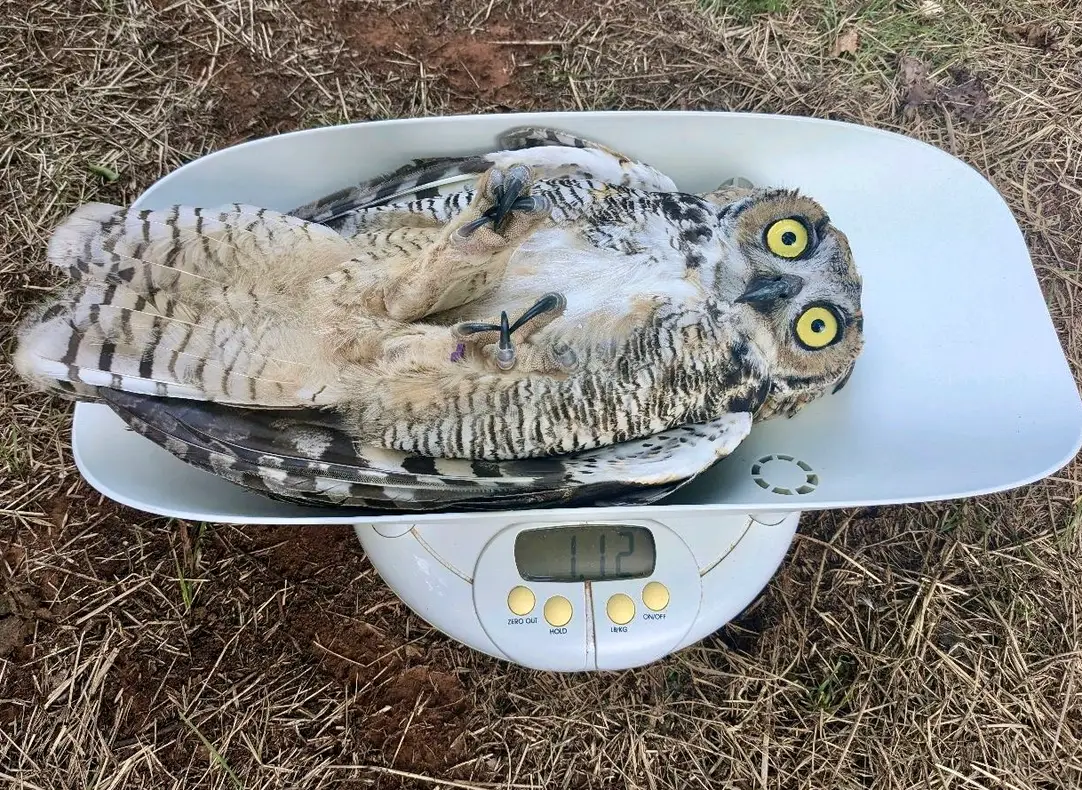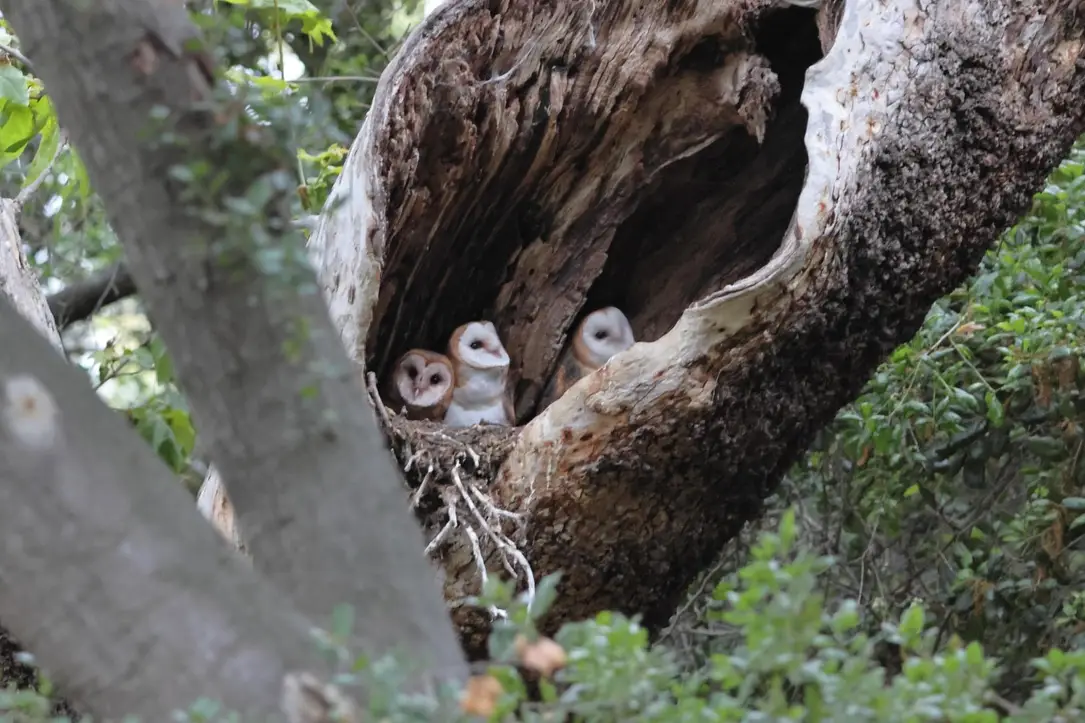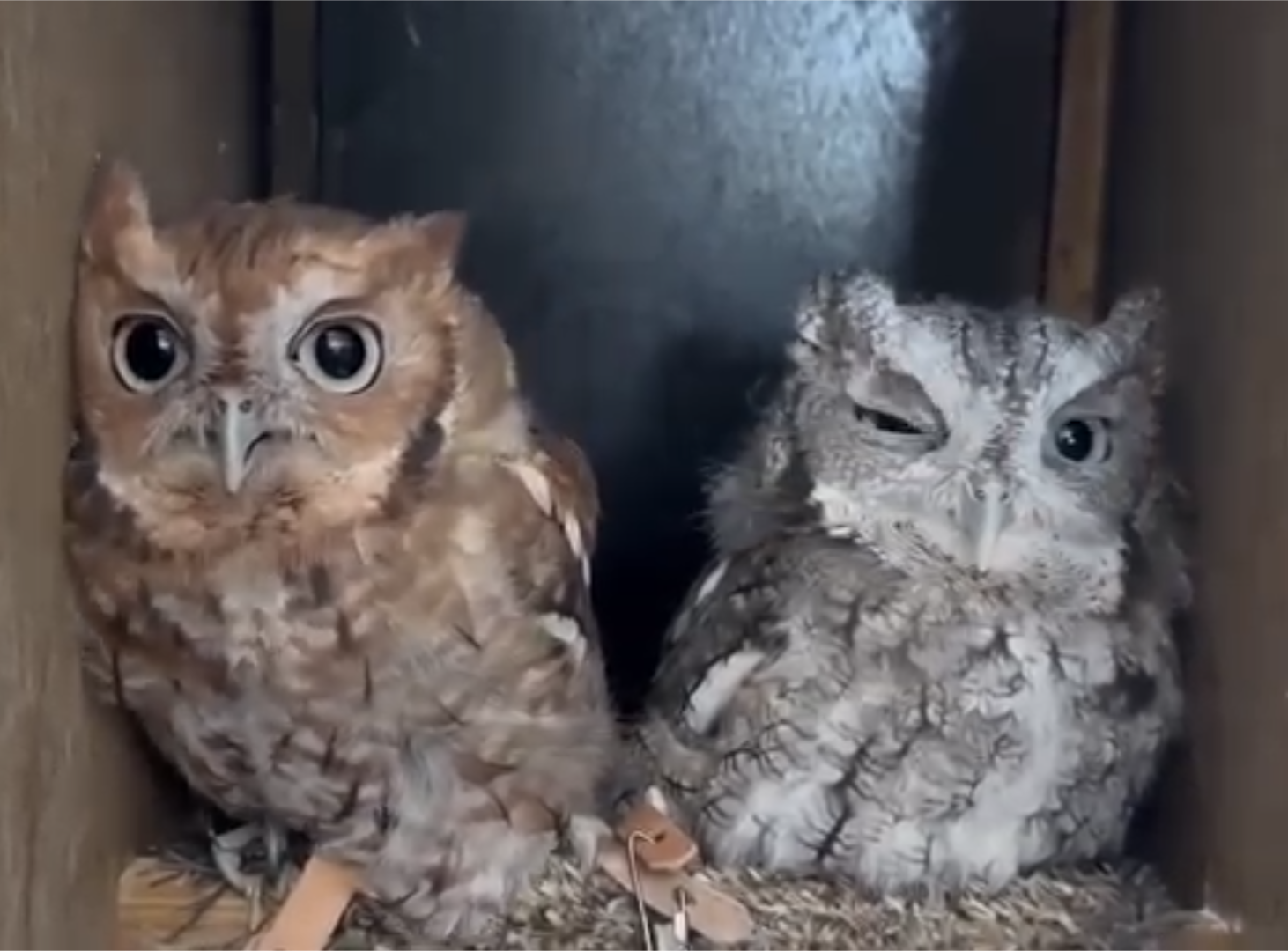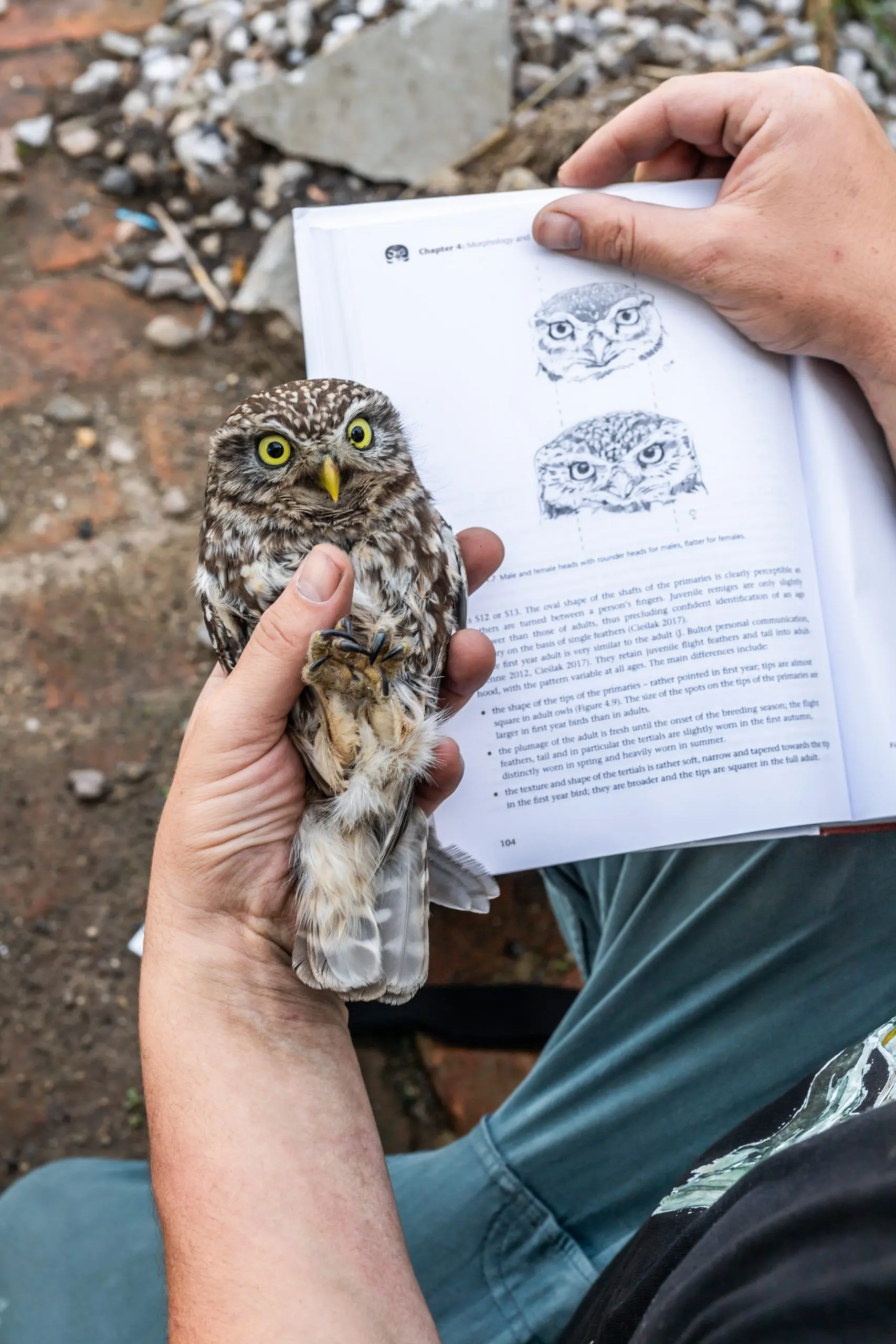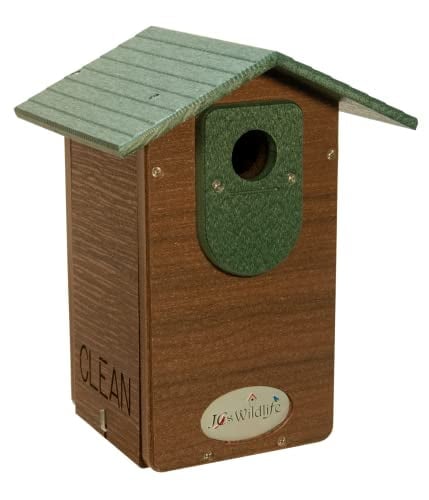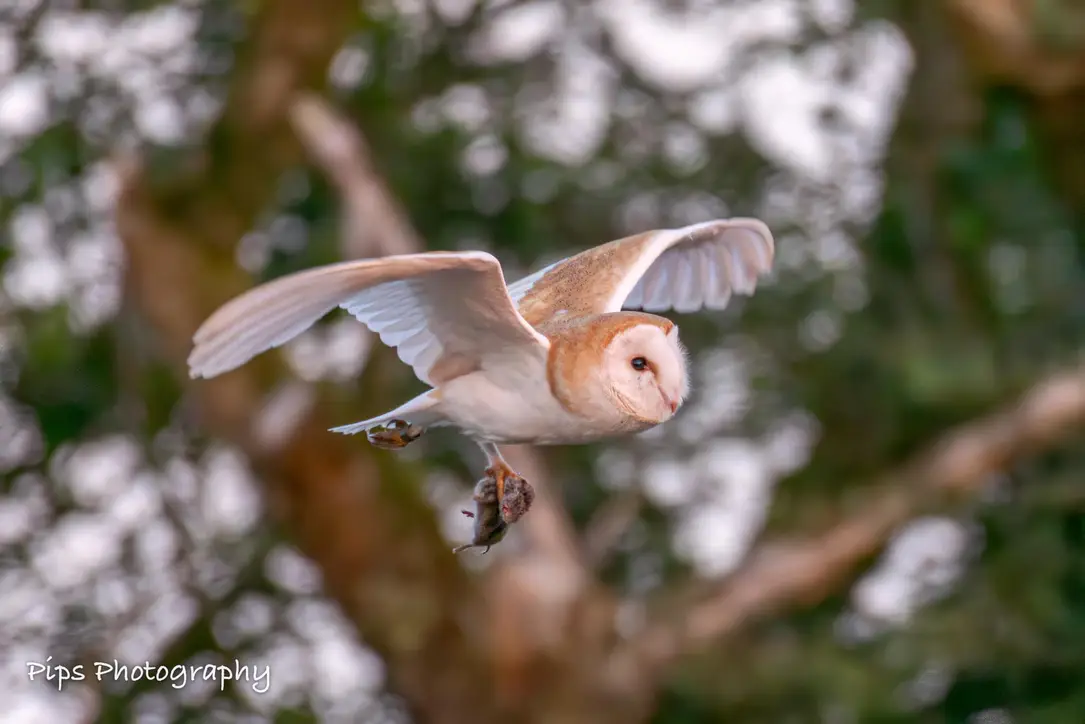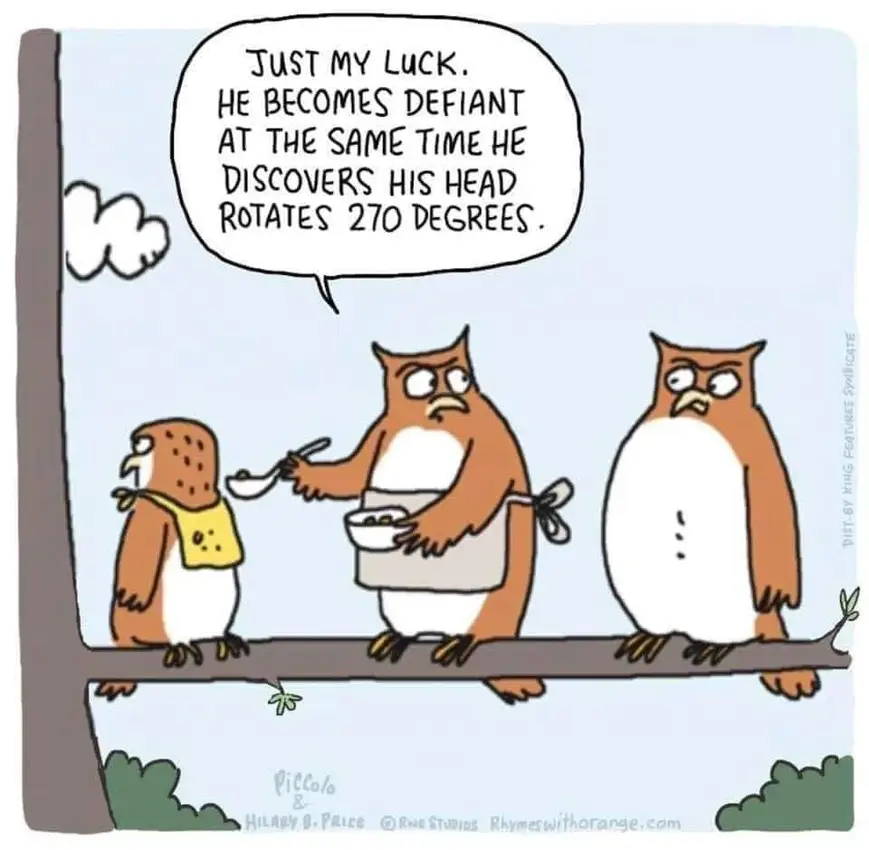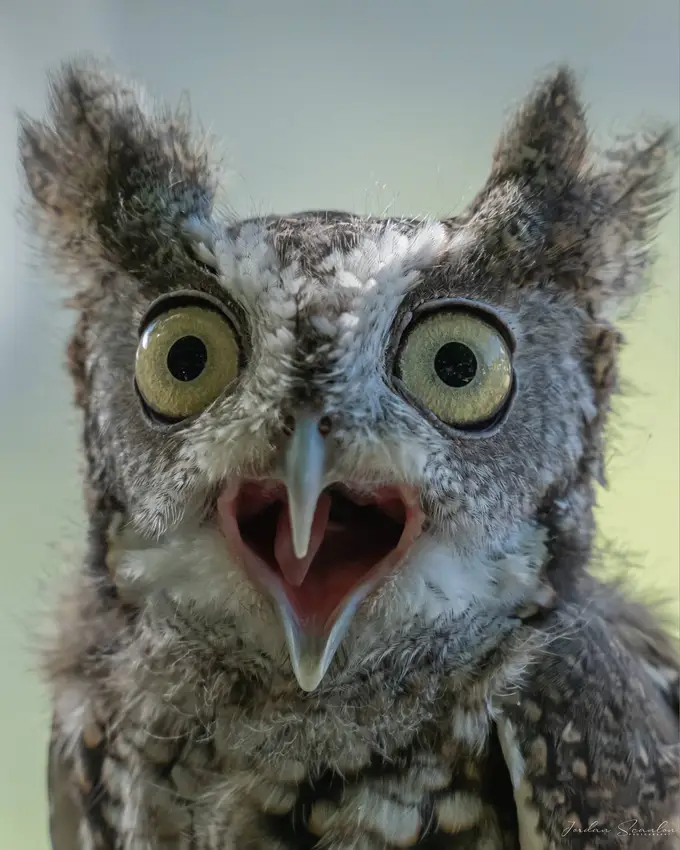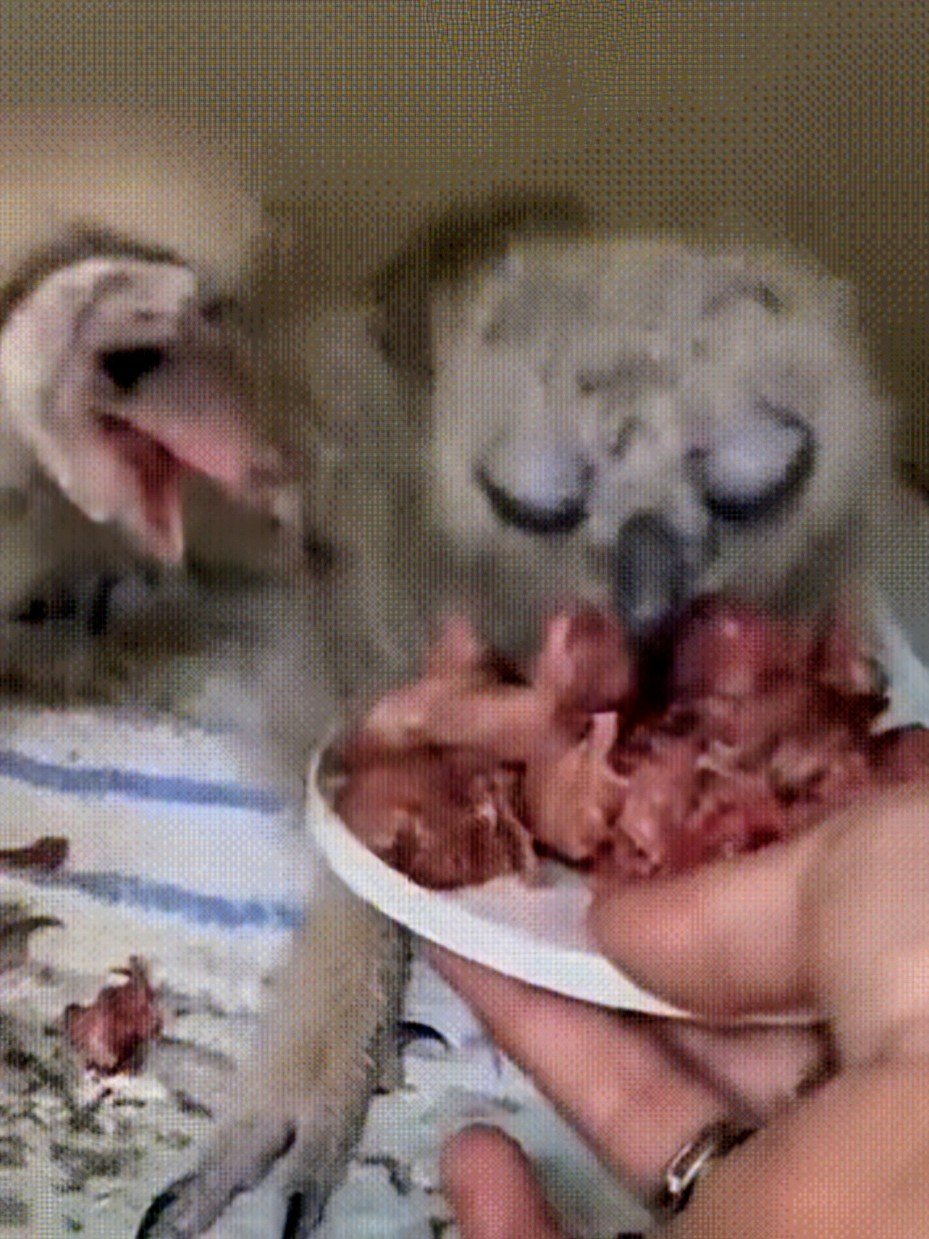This owl, named Chuckles, lives at the Fritton Owl Sanctuary in Norfolk. He hatched on 20th. May 2022 and arrived at the sanctuary on 20th. August. He had been bought as a pet but the owners decided they could not afford to feed him or give him the time he needed.
The northern white-faced owl has a length of between 7.5 to 10 in. (190 to 255 mm) a wingspan of between 21.25 to 22.85 in. (540 to 580 mm). Their weight ranges between 6.5 to 9.7 oz. (185 to 275 g) with the average being 7.2 oz. (204 g). Females are larger than males.
It is found in a band across Africa between the Sahara and the Equator. It occurs in Benin, Burkina Faso, Cameroon, Central African Republic, Chad, Republic of the Congo, Ivory Coast, Djibouti, Eritrea, Ethiopia, Gambia, Ghana, Guinea, Guinea-Bissau, Kenya, Liberia, Mali, Mauritania, Niger, Nigeria, Senegal, Sierra Leone, Somalia, Sudan, Togo and Uganda. They inhabit dry savannahs and relatively sparse woods along watercourses, and are also found in dry open forests, woodlands with a closed canopy, forest edges and clearings. They are not found in deserts or dense tropical rainforests.
This owl roosts in thorny bushes until dusk when it is feed time. It is generally insectivorous feeding on moths, beetles, crickets, spiders and scorpions, although they may take small birds, rodents and other small mammals. It hunts from an open perch from where it can drop unexpectedly onto its prey.
This owl often nests in abandoned nests of other birds, anything from pigeons to eagles. They will also use tree hollows and have been known to use ground nests. This owl normally has 1 clutch per year, with egg laying recorded between January to December. Usually 2 or 3, sometimes 1 to 4, shiny, white eggs are laid at intervals of about 2 days, which hatch after about 30 days of incubation. The chicks are brooded and fed by the female with prey caught by the male. The young will move out onto nearby branches after about 4 weeks and can fly well at 30 to 32 days old. Both parents care and feed the chicks for at least 2 weeks after they have left the nest. The lifespan of wild birds is unknown, but in captivity they can live up to 30 years.
This owl has a notable defence mechanism. When faced with a similar sized predator, like another owl slightly larger than itself, the bird flares its wings to appear larger. When faced with something much larger than itself, such as an eagle, it pulls its feathers inwards, elongates its body and narrows its eyes to thin slits. It is thought that it uses this ability to camouflage itself, and it shares the ability with relatives like the African scops owl. Many different types of owls have some ability to adopt a 'concealing posture', also known by the German word 'Tarnstellung', in which they squeeze and thin their body to look like a broken tree branch. Some types may also narrow their eyes to slits and fold a wing sideways across their chest in a Dracula-like manner to hide the lighter coloured feathers on their undersides.
This owl is uncommon but widespread in suitable habitats and its conservation status is 'Least Concern', although as with most owls, it may be vulnerable to the use of pesticides and habitat destruction.
